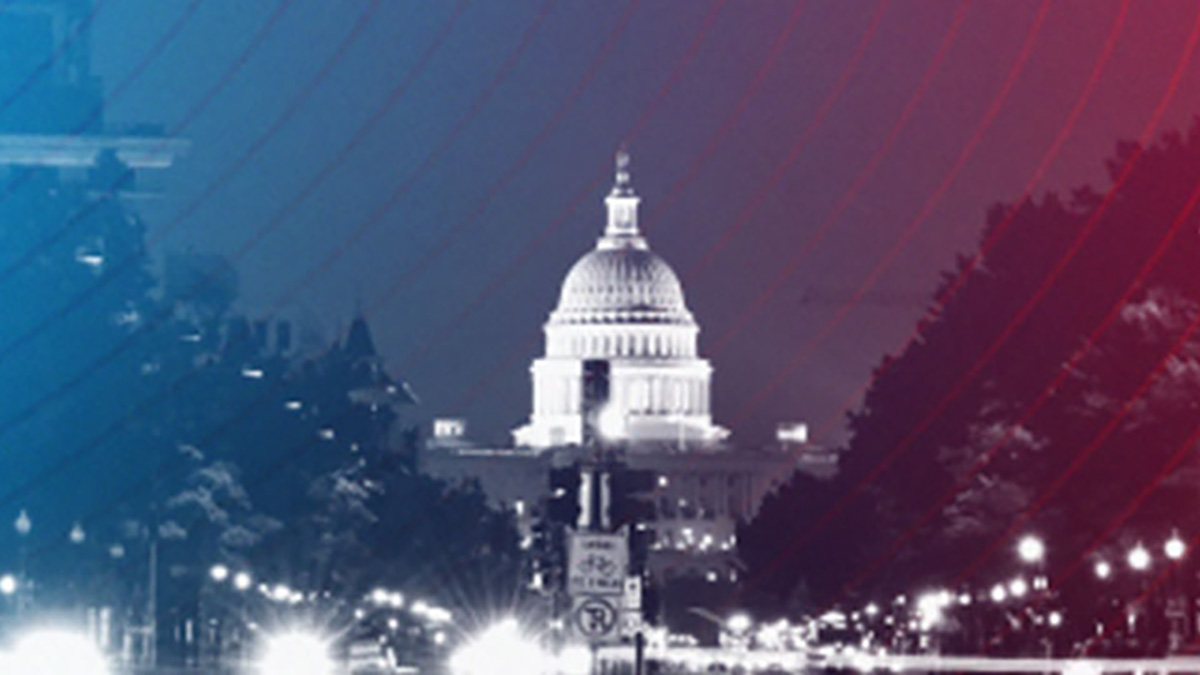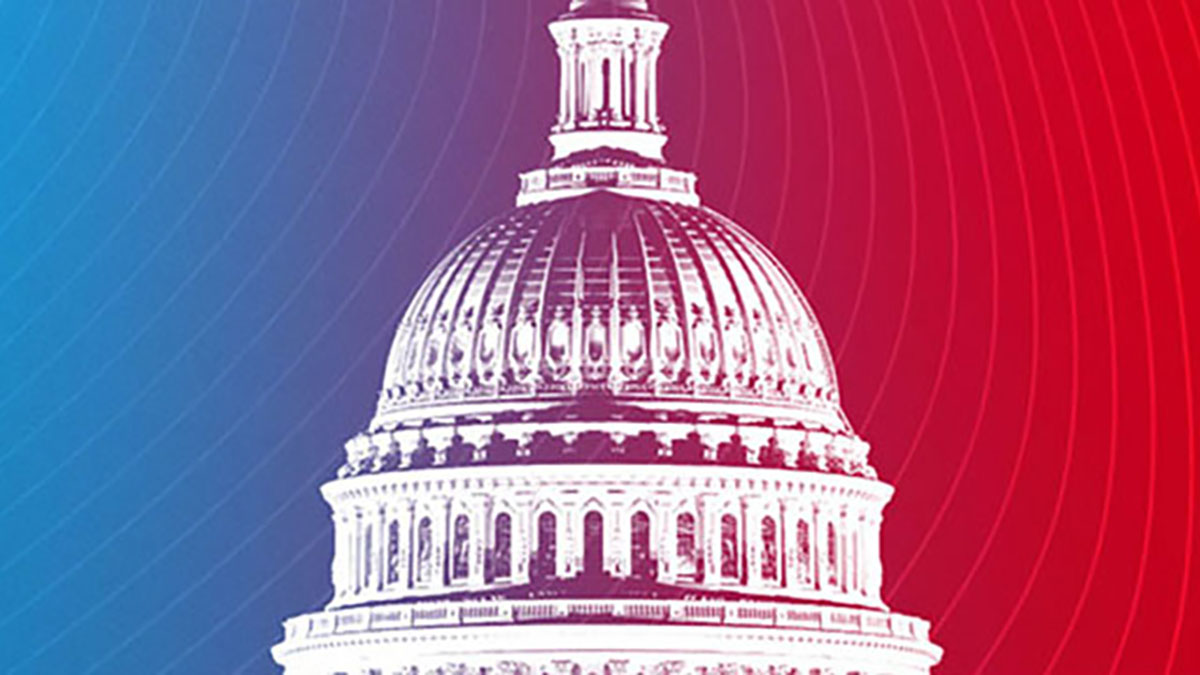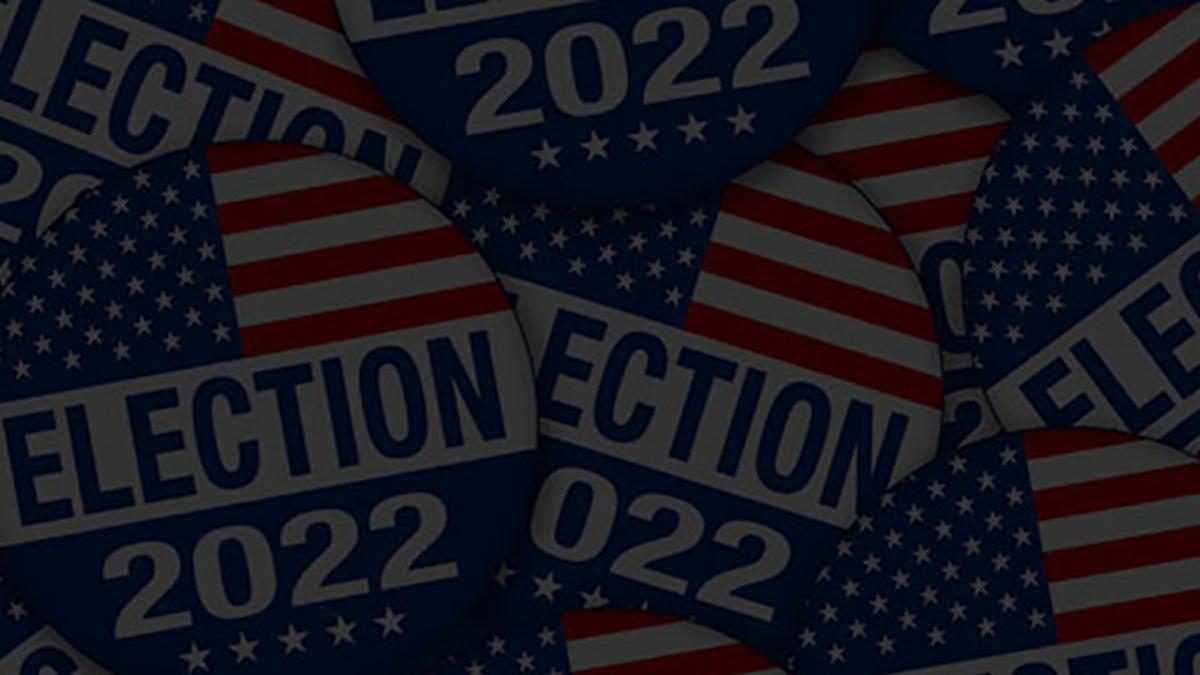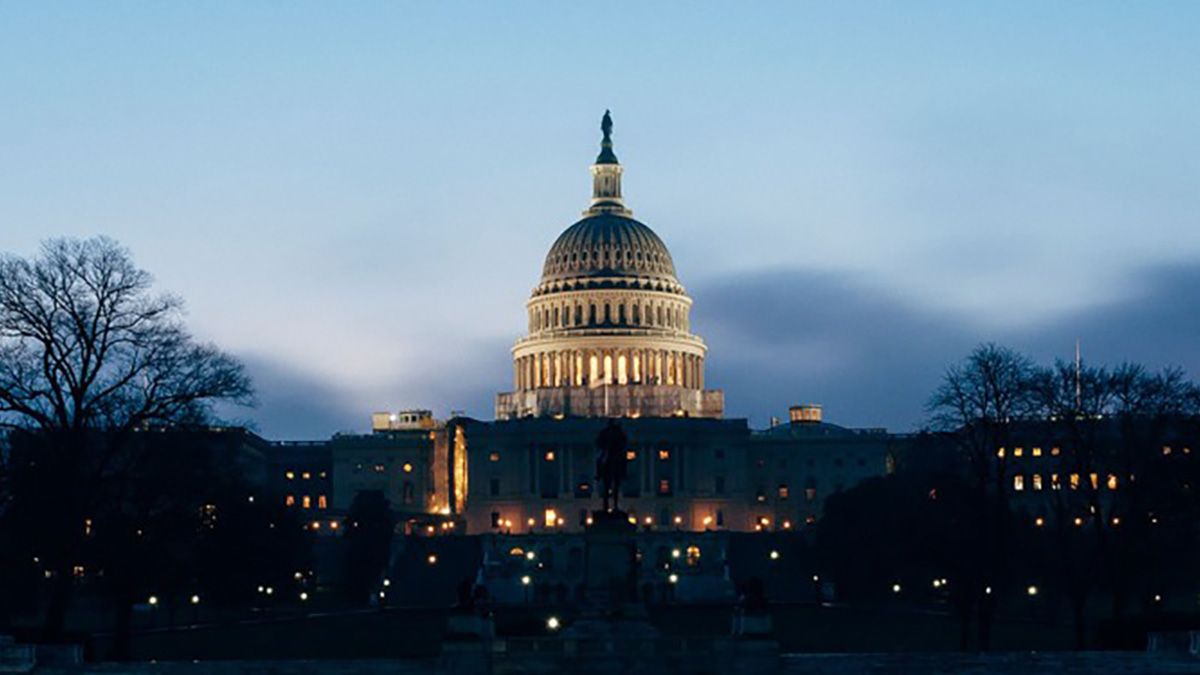As voters across go to the polls from March to September to vote in the primaries, policy professionals are watching and analyzing each primary contest to glean insight into which issues will tip the scales in the general elections. Over the past decades states and congressional districts are increasingly more dominated by one party or the other. As a result, primaries are a time voters have real choices and can shape a party’s national platform.
Why are primaries more important than ever?
Primary elections are very important to keep track of because they give voters a chance to choose who the nominees will be for general elections. Although they are often not given as much attention as general elections, they can be the most consequential elections. The primary votes are barometers for parties and candidates to determine the public’s sentiments on key issues such as education, healthcare, the economy, and more. The outcomes of primary contests can often determine who will have a large advantage in general elections.
Types of primaries: Close, Partial Close, Open, Partial Open, etc.
There are several types of primaries, and the laws surrounding them can be quite complex. Primaries are categorized into different buckets: open, closed, partially closed, or top-two. We’ll break down the differences and their possible political implications:
Upcoming primaries
The first round of primaries started on March 1st in Texas. They will continue all the way to September, download the POLITICO Primaries Calendar to help you stay on track.
How to stay ahead
POLITICO Pro keeps professionals informed from primaries to November elections and beyond with dedicated analyses and articles surrounding midterm elections, primaries, and how they affect different policy areas. Subscribers also have access to the Campaign Races Dashboard, where they can access the latest election info and election outcomes through an easy-to-navigate interface. Check out POLITICO’s ratings and predictions.








